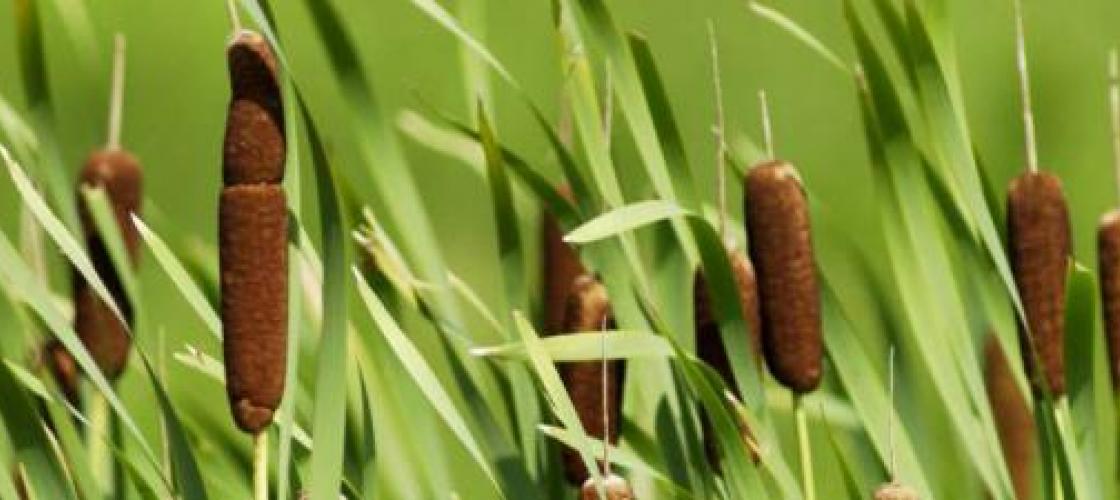Aquatic plants are a beneficial and necessary part of Missouri ponds and lakes. Without them, most other pond organisms cannot survive. Plants oxygenate the water, stabilize the shoreline and pond bottom, and provide food, cover, and nesting sites for fish.
This section will help you choose and establish appropriate plants for your pond or small lake as well as learn methods for controlling aquatic plants when necessary.
A diverse aquatic vegetation community occupies up to 30 to 40 percent of many healthy ponds. You should only consider control if vegetation is causing a problem for the fish population or fishing access.
Aquatic Plants are Essential for a Quality Pond or Lake
- Aquatic plants form the base of the food chain and provide energy for nearly every form of life in the aquatic ecosystem.
- In addition to providing food for invertebrates, fish, mammals, and waterfowl, plants also create shelter and reproductive habitat for countless aquatic organisms.
- Plants also help improve water quality and control erosion.
Some people mistakenly lump all aquatic plants together, referring to them as “seaweed” or grass. While some species do cause problems for boaters, swimmers, or anglers, many native species are desirable in lakes and ponds.
Most ponds will develop an aquatic plant community over time. Often, the first plants to appear in new ponds are nuisance species — not those best suited for a quality pond — and the end result is a plant community that requires considerable management. It often takes years for some desirable species to colonize.
Improve plant diversity and reduce the number of nuisance species in the lake by:
- Planting species that are best suited to the conditions of your pond and your preferences
- Selecting species that reproduce more slowly, are easy to control, and that grow in a select range of water depths
With these practices, you can develop a pond plant community beneficial to fish and wildlife, as well as one you can enjoy.
Reasons for Establishing Aquatic Plants
There are many benefits to establishing aquatic plants, such as improving appearances, improving fishing, and stabilizing shoreline. Before you add plants to your pond you should:
- Establish objectives for your pond concerning its use.
- Assess the physical characteristics of your pond.
- Choose appropriate plants.
Plantings may be made any time after early May. Later plantings often exhibit higher survival because of warmer water, longer growing days, and more stable water levels. Plants should not be planted later than the end of August.
Categories of Aquatic Plants
- Emergent
- Floating
- Shoreline
- Submerged
Not all species within each category are well suited for all water bodies. Typically, small lakes and ponds do best with slow-growing, shorter species that grow sparsely.
For more information, consult Water Plants for Missouri Ponds, published by the Missouri Department of Conservation. It is a thorough reference book describing more than 40 species of aquatic plants. Before planting, consider consulting Conservation Department staff for advice.






















